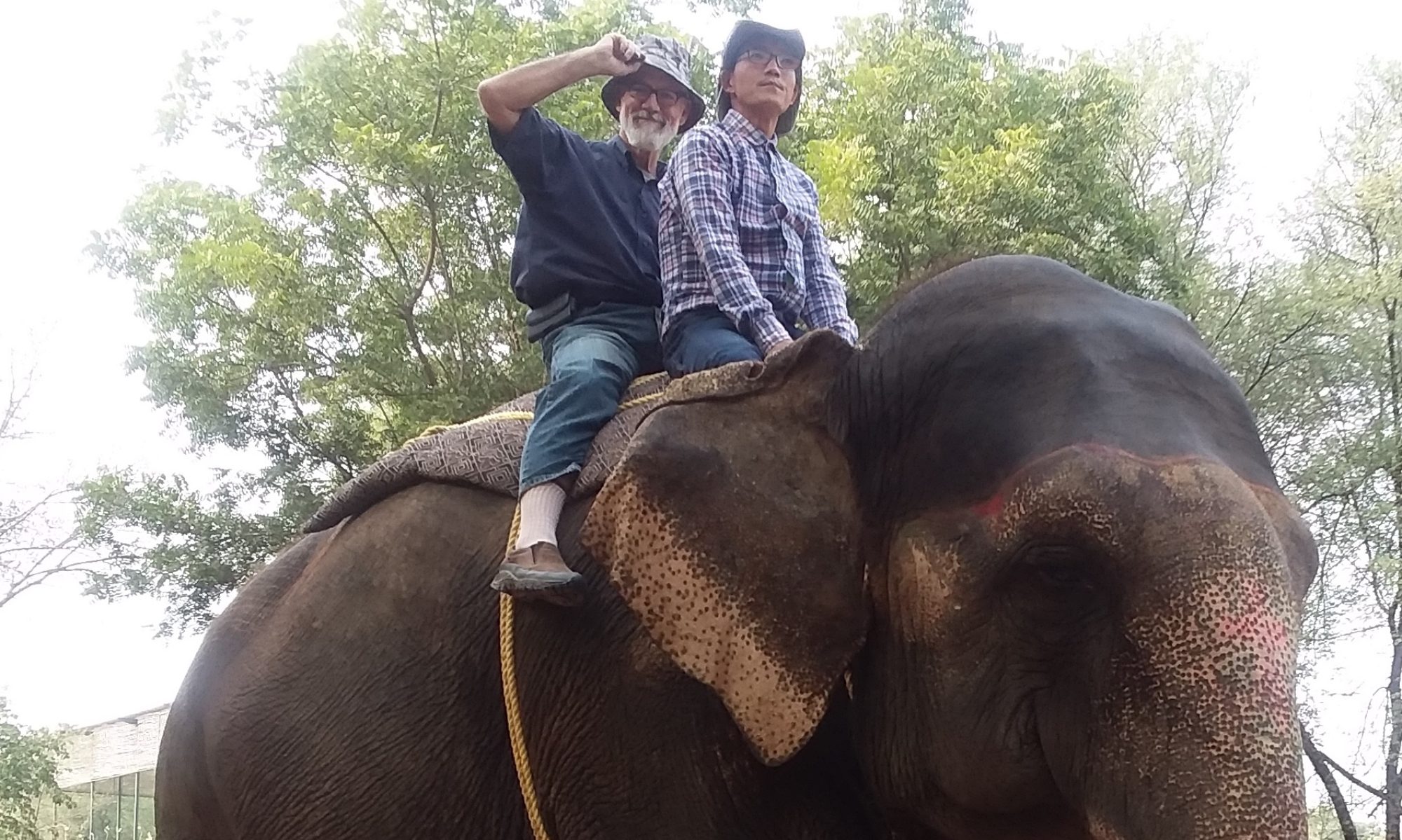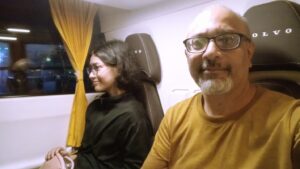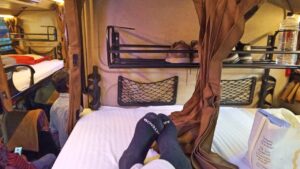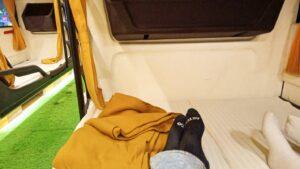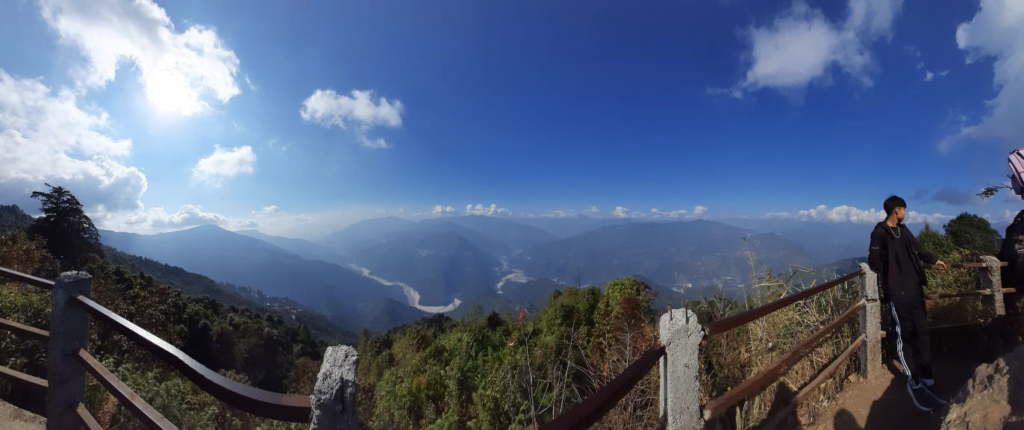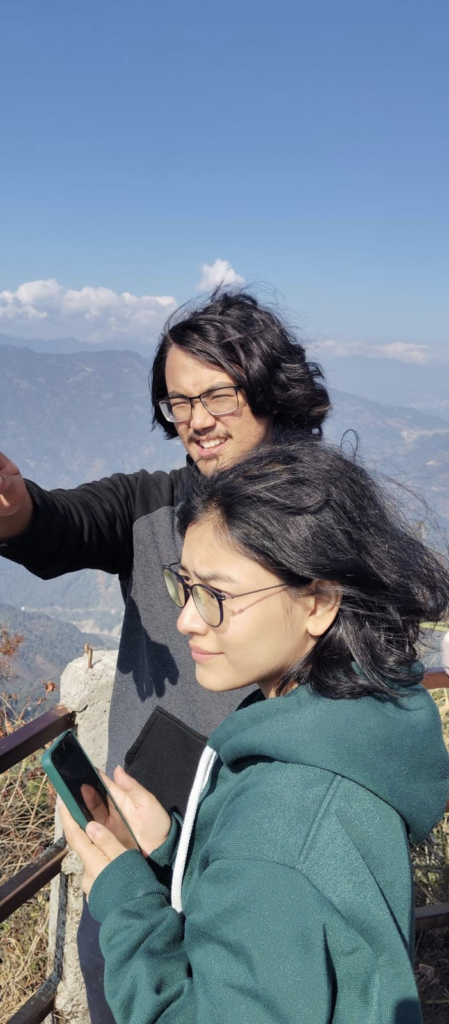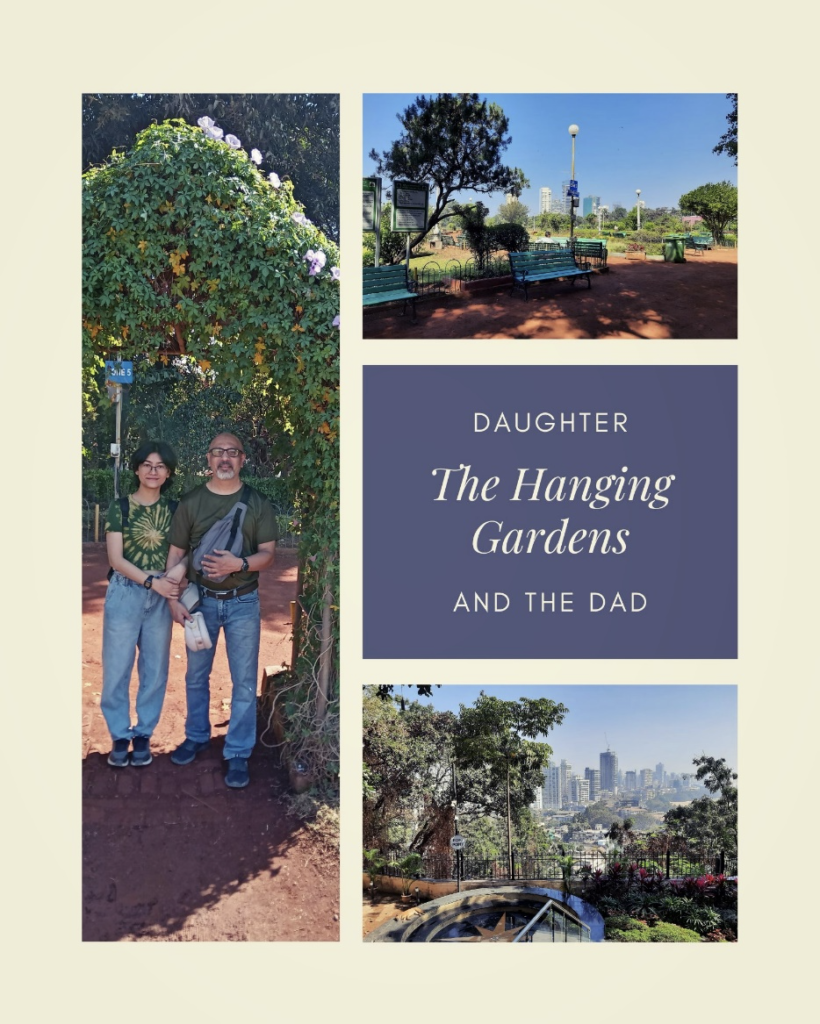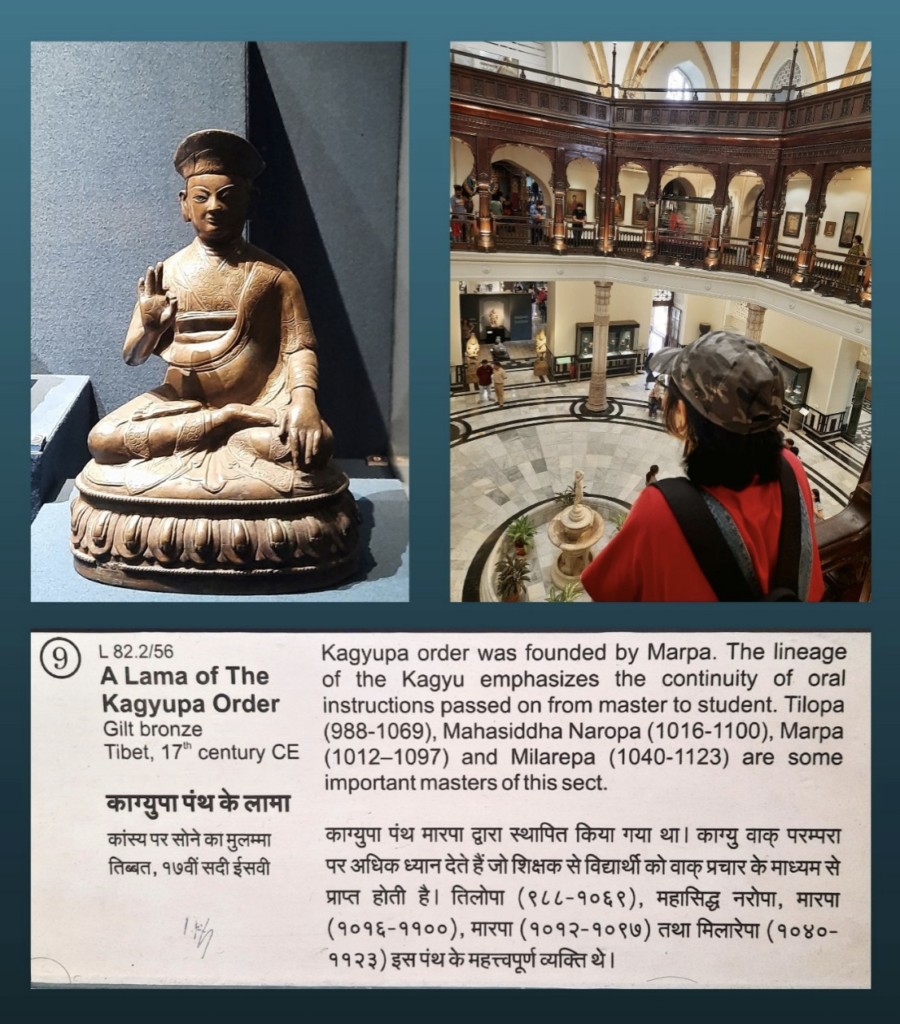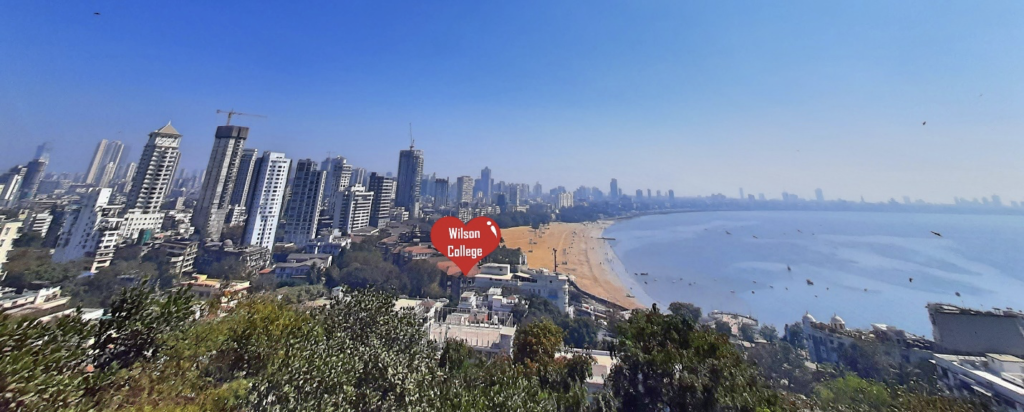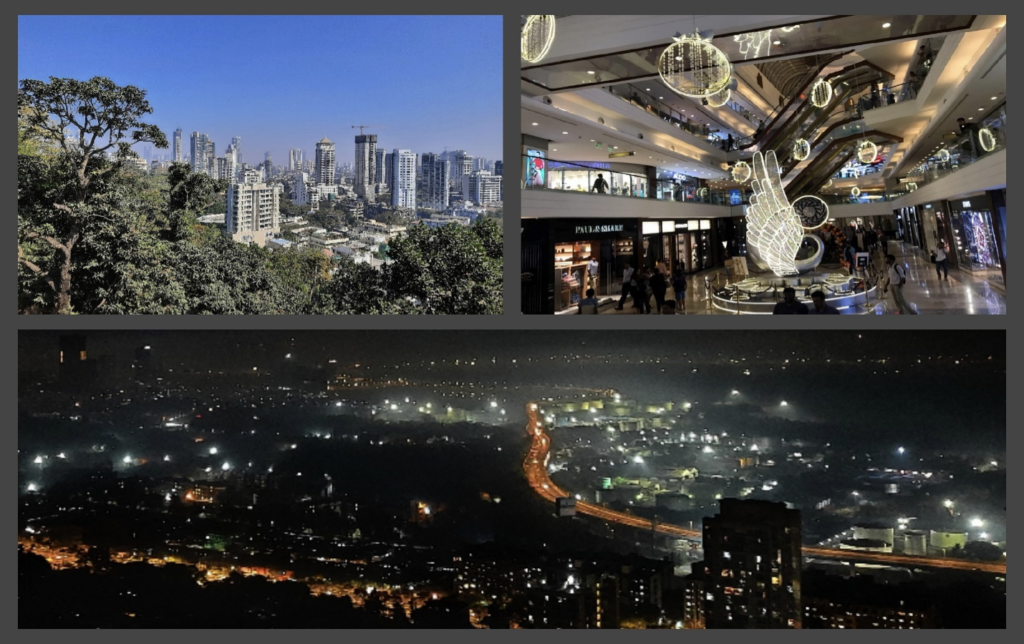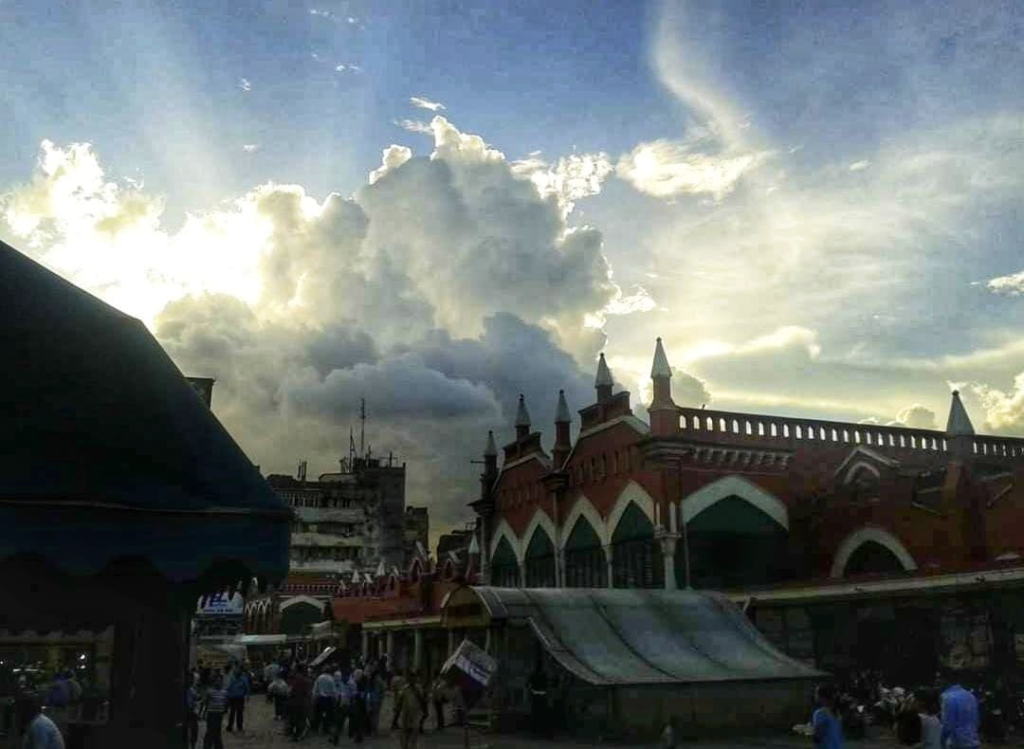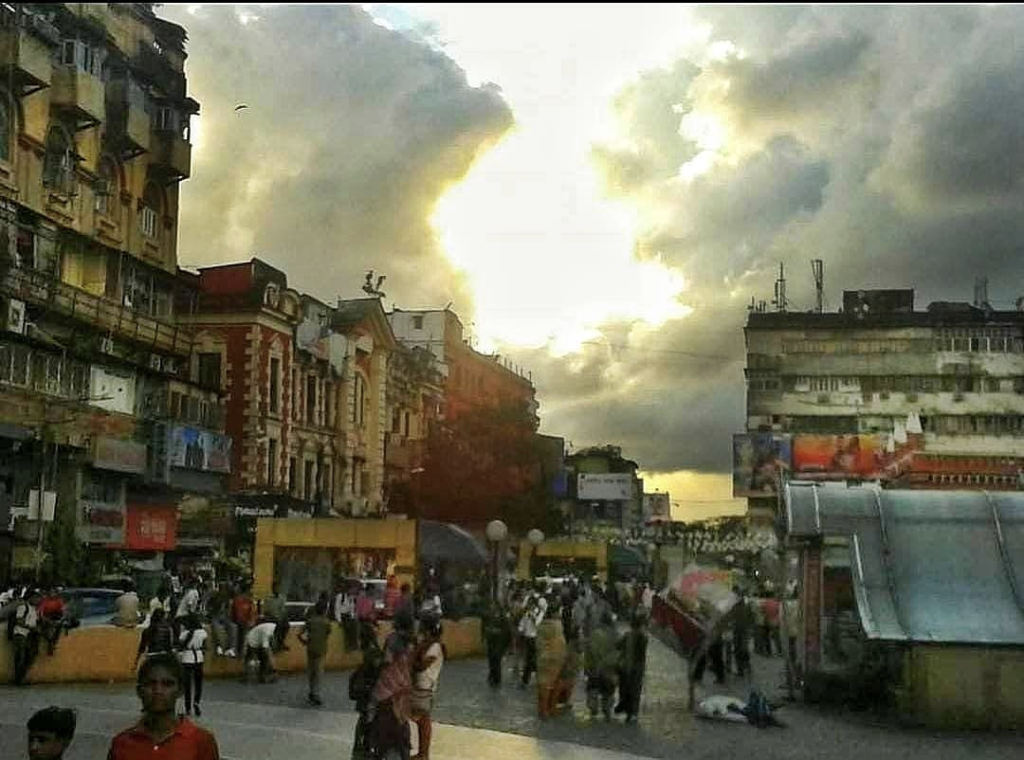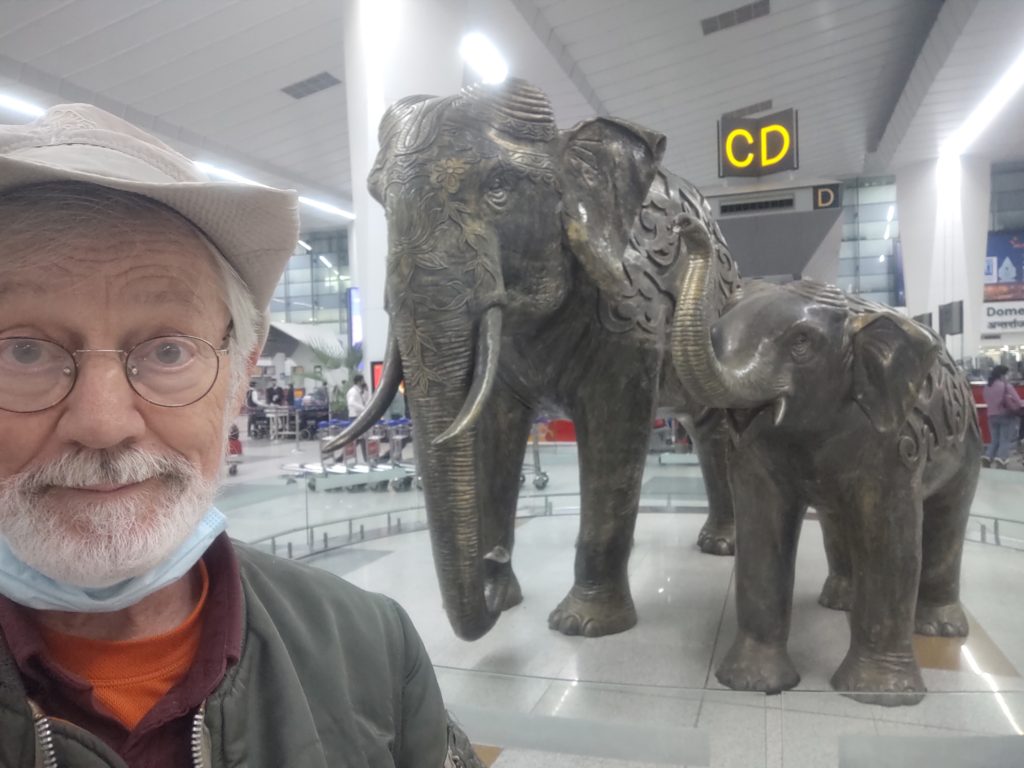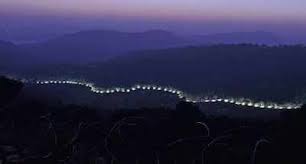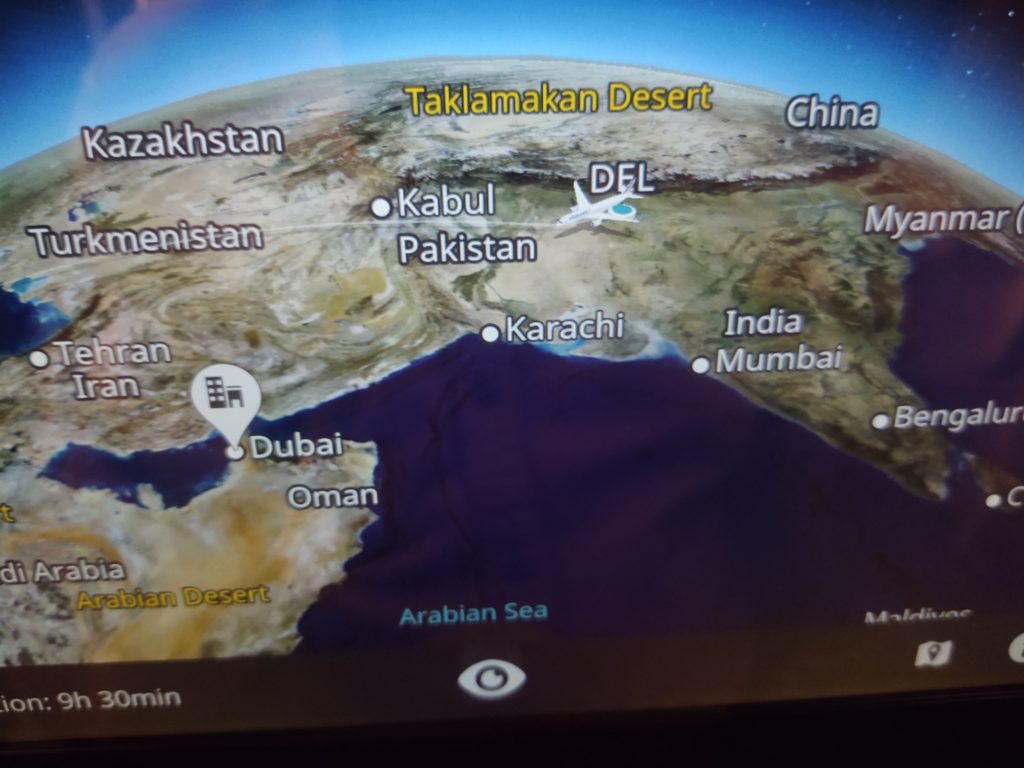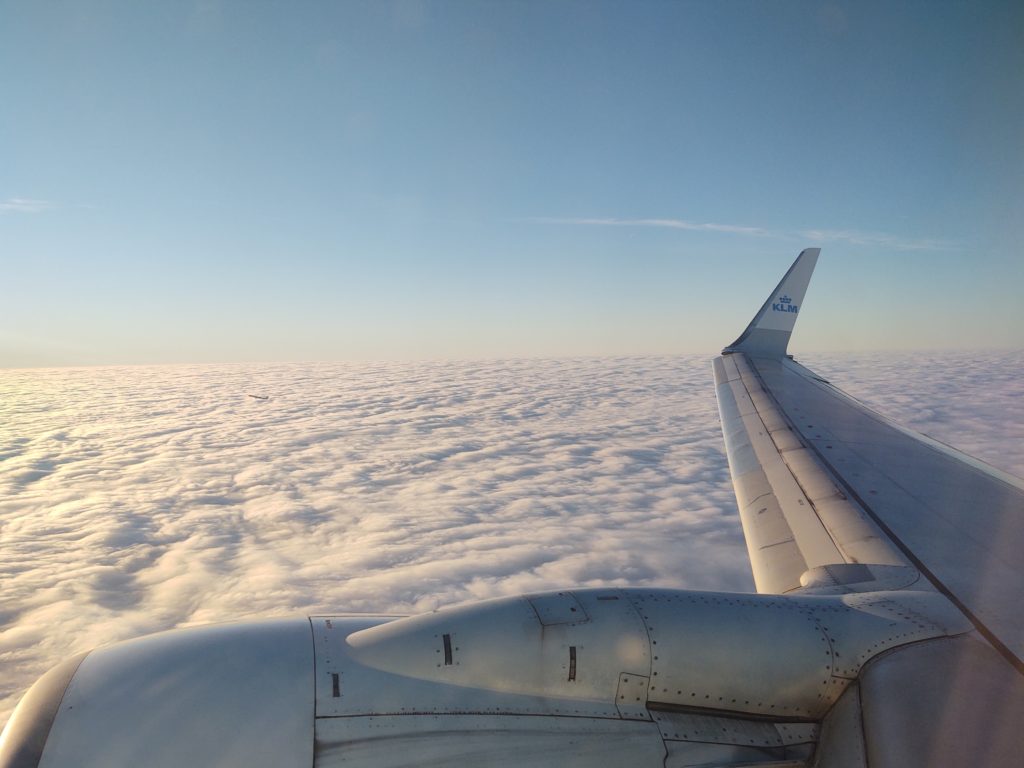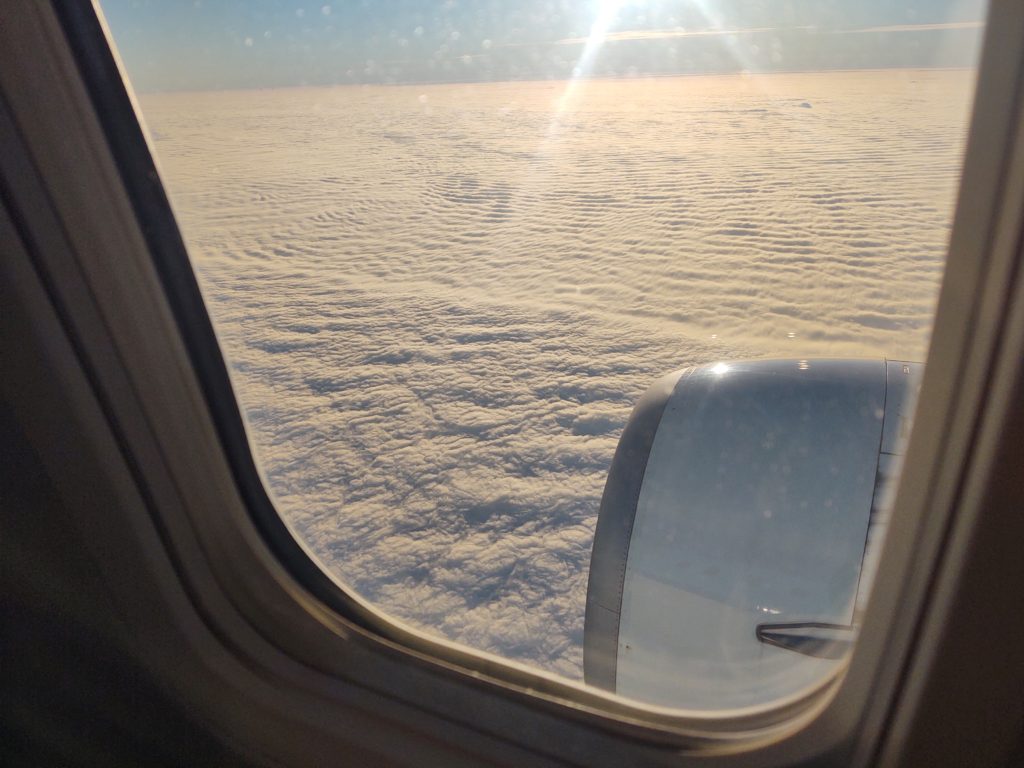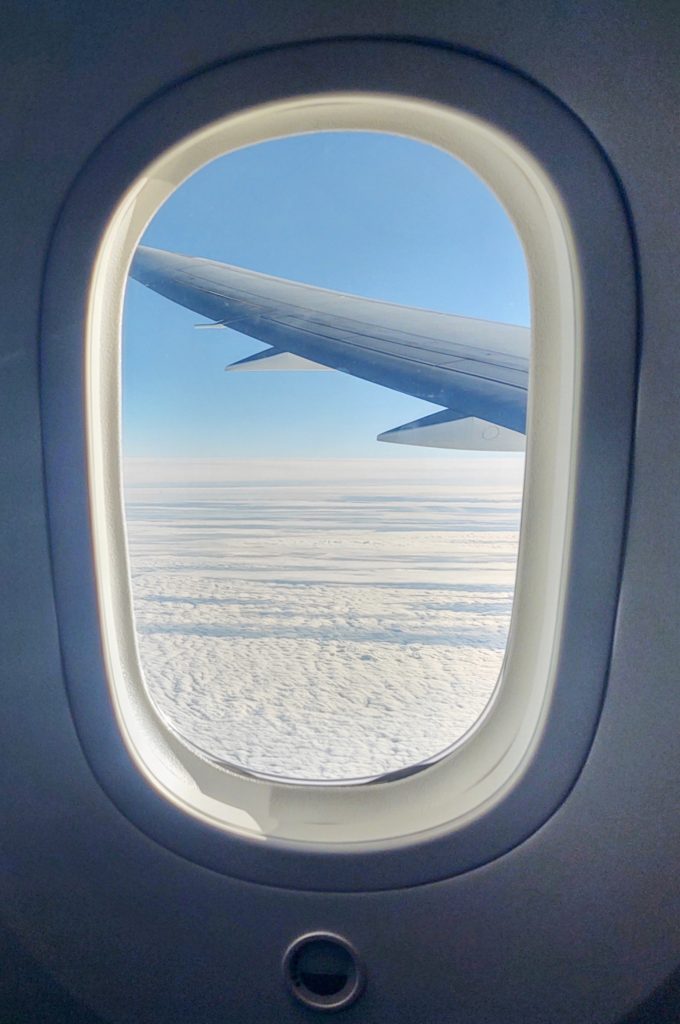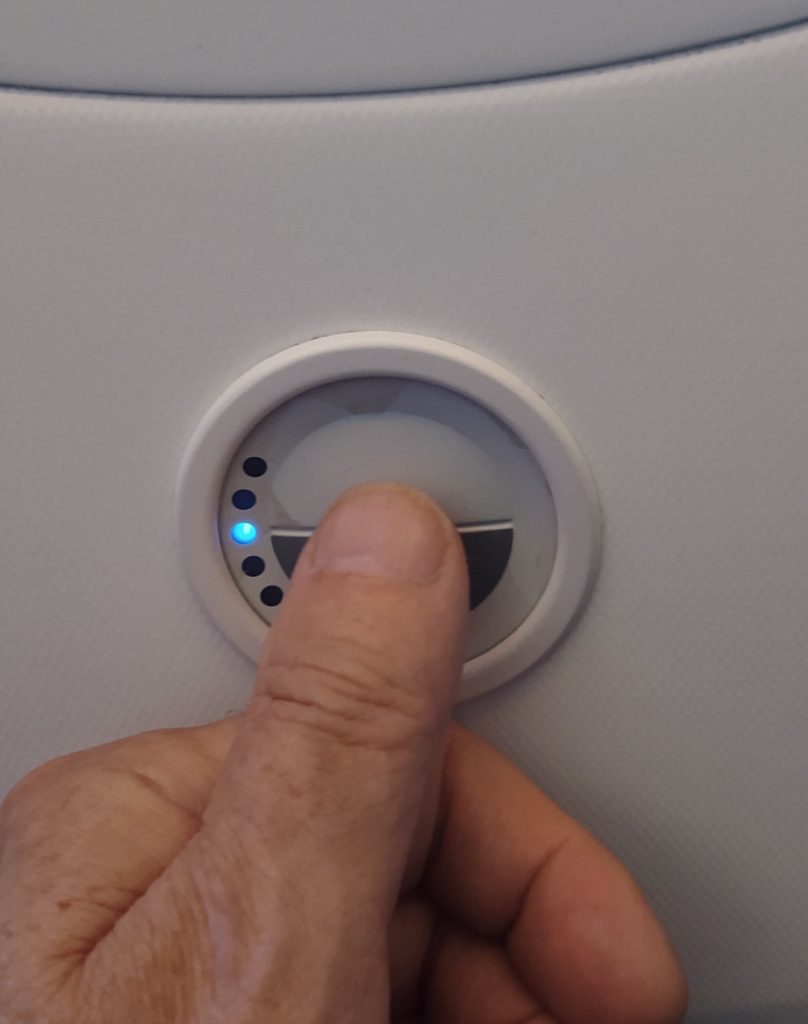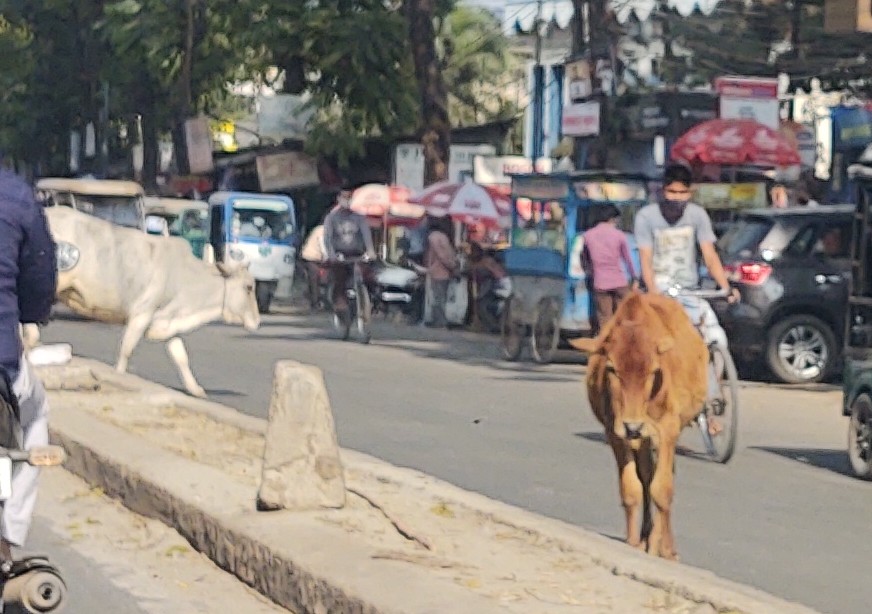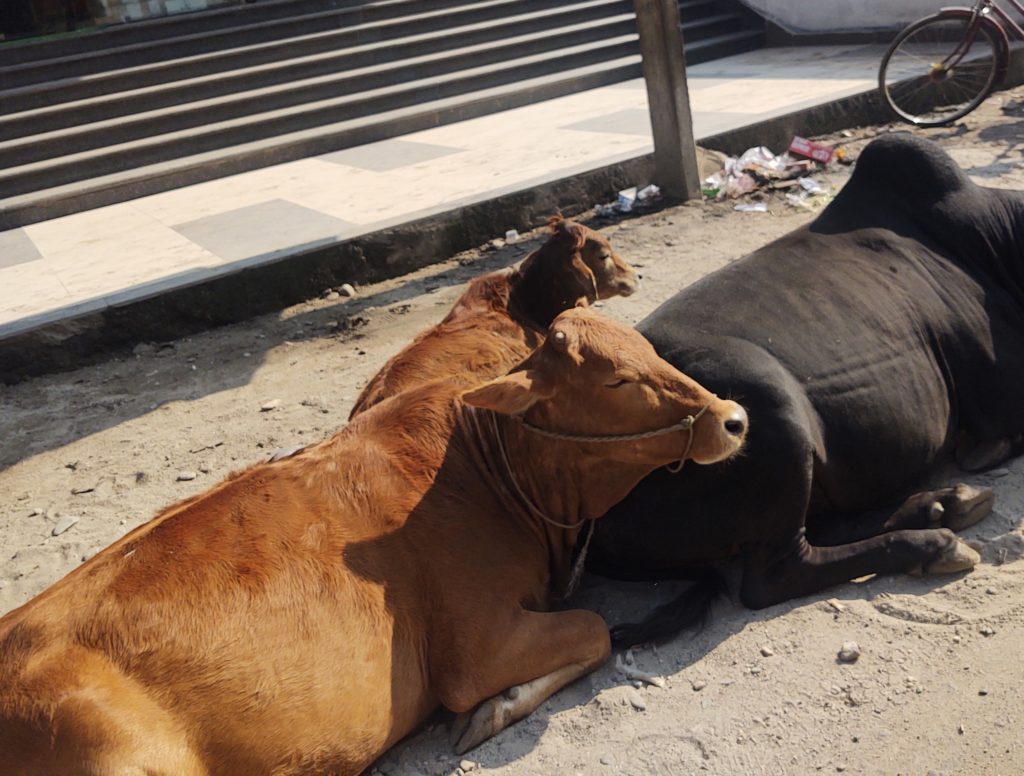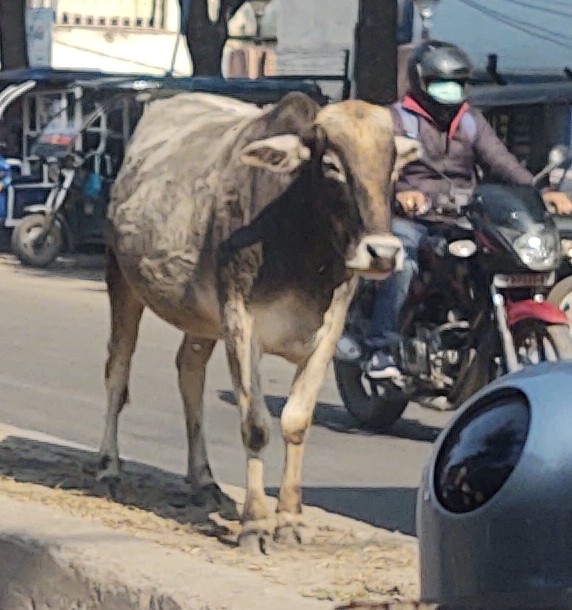by Indrajit Sundaram
What does the intrepid traveller do when they haven’t travelled enough recently to write an exciting anecdote about? Well, I guess they rack their brains for some memorable trip from the thousands that they could write about from the past, and guess what? Nothing memorable comes to mind.
Such is my case, so let me just write about one ordinary trip I made in my university undergraduate years that comes to mind first. Perhaps it might just make you want to retire to India. Or not?
My college was in Mumbai, in Maharashtra state, which, geographically, is a fascinating place including rich coastal areas, rocky and sandy beaches, low, old hills leading up to the Deccan Plateau, a vast, ancient volcanic area of arid scrubland full of amazing rocks, odd rocky hills dotted with caves, and beautiful forests and wild jungles, all of which come alive when the Monsoon rains bring sweetness and relief in the heat.
It so happened that one of the students from my department who was two years senior to me, had to make a trip to visit his ancestral village with the interesting name of Phundgus (pronounced fund-gus with the sound of the ‘u’ in pull). Phundgus was in the coastal area of Ratnagiri, a beautiful area of rugged, rocky shores and ancient hills dotted with the ruins of old Maratha forts, their jagged walls of volcanic rock covered now with the graffiti of lichens telling stories in tongues so obscure that the truth in them has become like passing ships in dense fog- almost, but not quite entirely visible. My friend Vivek (called ‘Darwin’ by the rest of us) asked if I and another friend of ours, Ameya (called ‘Ameya’ by the rest of us) would be interested in accompanying him. Of course, we said ‘Yes!’ And that’s how we ended up on a dark and rainy night, a few days later, in a seedy movie house in a shabby town, watching one of the worst Bollywood movies I have ever seen, engineered by the tyranny of a 3-person vote in which two have already agreed on the outcome.
We had taken a decrepit state transport bus to Ratnagiri, in which we lurched and rattled several hours of our way to the small town nearest to Phundgus. Unfortunately, we had to kill time before our departure to Darwin’s village, early the next morning by yet another bus, and they, knowing that I hated Bollywood movies, suggested we watch the very last show of an obnoxious movie called, sanctimoniously in translation, ‘I Have Loved.’ It involved supposed adults cavorting around quarries (Why??) and trees, singing stupendously inane songs while sending pigeons to each other, presumably because these insanely simpering adults did not know how to use phones. I strongly suspect that I never quite got the story.
Anyway, after that fate worse than death, sleep did not easily come, and a few hours later, at the crack of dawn, we set off to catch our bus, bleary and wet. Did I tell you that it was raining all the while, and our clothes never dried out through the entire trip? Let me tell you, then, that the smell of various articles of damp and dirty clothing rivals that of the Dentrassi underwear on the Vogon spaceship in the Hitchhiker’s Guide to the Galaxy, in its unsettling, alien quality of quietly spooking you when you least suspect anything amiss.
My memory is a blur of that very early morning, worsened by yet another lurching bus ride that the brain desperately tries to forget. However, sanity returned, I remember, in the middle of the long hike to his village, as we left that forlorn bus stop behind, and entered the tree cover. It was still raining, and everything in that pattering dawn was lush and holding its breath to catch just what the old, grey clouds were grumbling about, when everything was so bursting with life. I was glad there were no leeches to distract me from the sight and feel of all that life-shot greenness, the delight of the forest, and the sound of the rushing little weirs through which the others waded.
‘What do you mean ‘the others’??’ you jerk awake, asking. ‘Where were you?’
I used to wear army boots back in the day, and it was my cat-like aversion to getting my feet wet, and the fact that Indian army boots are notoriously difficult to dry out, that kept me trying to find ways to get across those little brooks without wading. I have to confess that Ameya was a kind man and piggy-backed me across the little streams to keep my clumpy boots from getting water in them, much to Darwin’s great annoyance. The pittering, plopping drip of leaves, the smell of moss and damp bark and that particular, delightful smell of growth and wildness that forests have are memories I still cherish.
We reached his house, a simple place with its customary outhouse, verandah and large, cemented courtyard where our wooden charpois were set out for us. The word literally means ‘four legs’ and is a wooden bed frame with the centre made of a strong netting of either jute or coir ropes. Although we had sleeping bags, we did not sleep on the floor due to the occasional snake or scorpion that wanders in. We did see a very large scorpion right in our courtyard on a later trip there with a group of nature club enthusiasts from my college. It was comforting to know that the larger ones, while venomous, are not as potently so as the smaller ones. They’re just very painful if you’re stung, not excruciatingly so.
Anyway, I have always loved the kindness and hospitality that is natural to all rural Indian folk, and it filled me with great pleasure to eat a simple lunch of Maharashtrian food that afternoon, and experience being dry in a safe place after being in that town and hotel where the very worst of rural and urban universes gratingly collide, just hours before.
We had a very decent stay at Darwin’s place, went out for a couple of hikes into the jungle around us, listened to Darwin drone on about some flora or fauna of the area (we were both students with the Zoology Department of our college), and managed to distract him with the very worst of all the puns we could think of on that trip. An example of one – Ameya’s name is pronounced ‘Uh-may’, so I managed to spring a knock-knock on them.
‘Knock, knock!’ I say.
‘Who’s there?’ They ask.
‘Ameya..’ I say.
‘Ameya who?’ They ask.
‘Ameya, or Ameya not.. I’m not quite sure what to do.’ I chortle.
They become overcome by a profound lethargy and disinterest in life, the universe and everything.
And this incessantly.
I could write a book on how we set these up on every single Nature Club and Zoology department trip we ever went on. And to top this natural penchant the three of us had towards very bad jokes, Darwin sang unbelievably atrociously. So horrendously, in fact, that even later in life, while in the shower, an unknown neighbour from another flat in his building shouted at him from across the building shaft to sing in tune or shut up!
I don’t remember him singing much on that Phundgus trip. Perhaps, he was too busy being distracted by our jokes, and trying to retort with worse ones. Anyway, it was on the third day, we decided to climb up to and stay overnight in Ratnadurg, one of the old Maratha forts nearby, resulting in one of the most restless nights of my life, and an experience that Darwin and Ameya are still irritated by till date, although I can’t quite see what they should be so annoyed about.
Well, no need to be all agog. I’ll tell you about what happened in Ratnadurg fort that dark and drizzly night, decades ago, in my next post.
